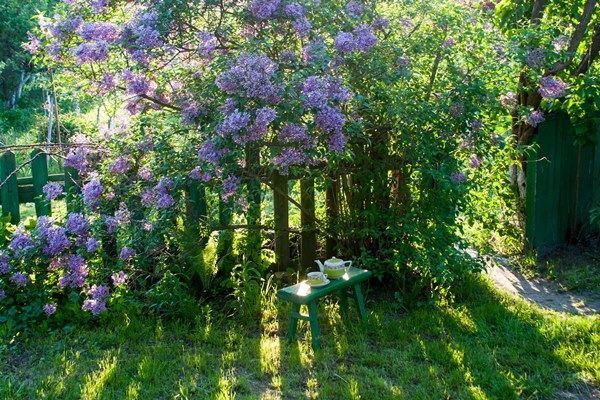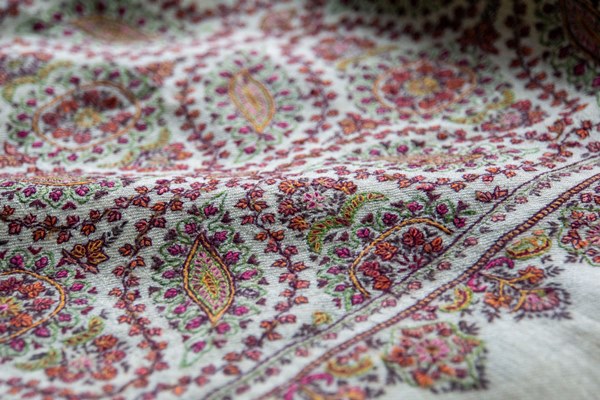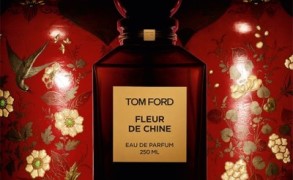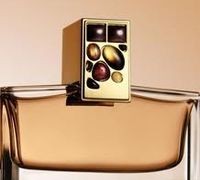In Search of Eau de Cologne in Cologne
A major industrial center on the River Rhine, Cologne may not seem like a place with a fragrant history, but it was here in July of 1709 that Giovanni Battista Farina founded the company “G. B. Farina” and began to sell fashionable Italian goods from his native Piemont. When Johann Maria, Giovanni’s younger brother, joined the company in 1714, he developed a perfume that he called “Aqua mirabilis” or “miracle water” and that he named Eau de Cologne or Kölnisch Wasser in honor of his adopted city.

The fragrance was based on Italian essences of bergamot and lemon. Fresh, bright and effervescent, it was a break from the heavy perfumes of the period that featured dark musk and civet. “My fragrance is like an Italian spring morning after the rain,” was Johann Maria’s description of his Eau de Cologne, and this fantasy was so compelling that soon the perfume was much sought after. Mozart wore it and so did Napoleon. Oscar Wilde ordered it and Queen Victoria was a fan with a purchase order of over 600 bottles.
















Joi in Giorgio Armani Mania : Long Lost Favorite Perfume: Yes!! January 25, 2024 at 2:54am